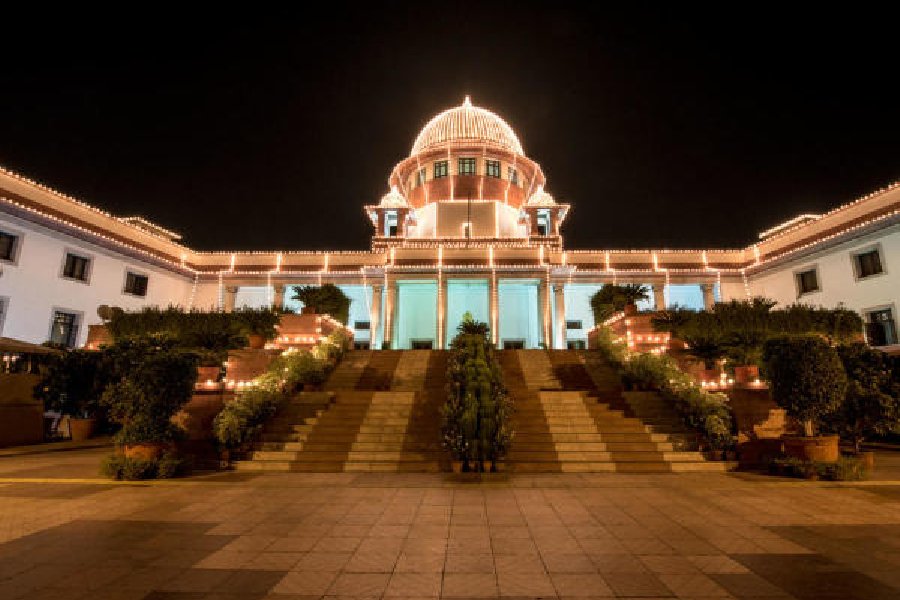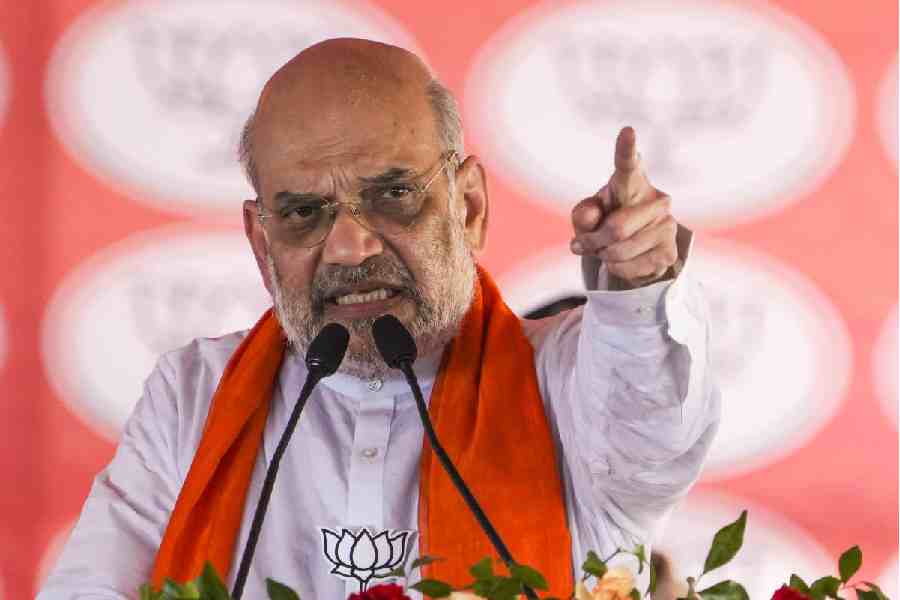Book: Court on Trial: A Data-Driven Account of the Supreme Court of India
Author: Aparna Chandra, Sital Kalantry and William H.J. Hubbard
Publication: Penguin
Price: Rs 599
Let us say there is a place called justice. How do we reach it?
One of India’s most enduring myths is that this place can be reached by entering a gate on Bhagwan Das Road in New Delhi, crossing a set of low buildings and neat lawns, passing a statue of Mahatma Gandhi, and climbing the grand staircase leading up to the Supreme Court of India. This myth persists because of a presumption: the higher the court, the wiser the judge. Every legal hope and prayer is piled willy-nilly on top of this presumption: gambles for the reversal of every ill-considered order, the chance of a fair hearing, the recognition of each human plight, and the possibility that the final word is yet to be spoken. Forgotten is the idea that finality, in and of itself, is only as fair
as it is necessary.
This brings us to this fascinating book which aims to “move the conversation about the [Supreme] Court beyond opinion, conjecture and anecdotes to evidence-based reform” and shows how “many of the claims that the Court makes for itself do not stand up to scrutiny.” How does it do this? Through six swift chapters that crunch the numbers on access to justice, delays, senior advocates, bench compositions, judicial appointments, and post-retirement appointments.
The Introduction reveals all the cards, stating that increased access to a hearing at the Supreme Court is not the same as access to justice, delays at the Supreme Court are comparable to delays at other levels of the judiciary, senior advocates corner income without helping the court select the best cases to hear, the composition of benches is gamed to determine results in important cases, the system of appointments does not promote diversity, and post-retirement appointments encourage judges to favour the government.
Why then read the rest of the book? Because this is where the real substance lies. Reading a book on statistics is an exercise in patient concern for details and consequences that is difficult to achieve in a culture of broad platitudes. And this book provides access to the power of this orientation without overburdening readers. Its sweetest reward, however, is that it offers a vision of welfare in the justice system that views the system systemically instead of the piecemeal approach to justice that forms the existing paradigm for many lawyers and judges. This is accentuated by the authors’ recognition of the interlocking nature of the problems they study and the solutions they offer. The result is a valuable contribution that should be considered by anyone concerned about the functioning of the legal system in India.
In sum, the book invites us to rethink our biases and consider the costs. And by no means does it require the ideal of complete justice to be sacrificed. Instead, on each subject studied, it offers alternative methods that bring us closer to the ideal of justice. We also confront the limits of this approach. These include the ineliminable role of discretion in identifying cases requiring the Supreme Court’s intervention, the difficulty of achieving fair competition in the market for legal services, and the niggling doubt that no amount of quantitative analysis will erase the qualitative aspects of a dispute.










